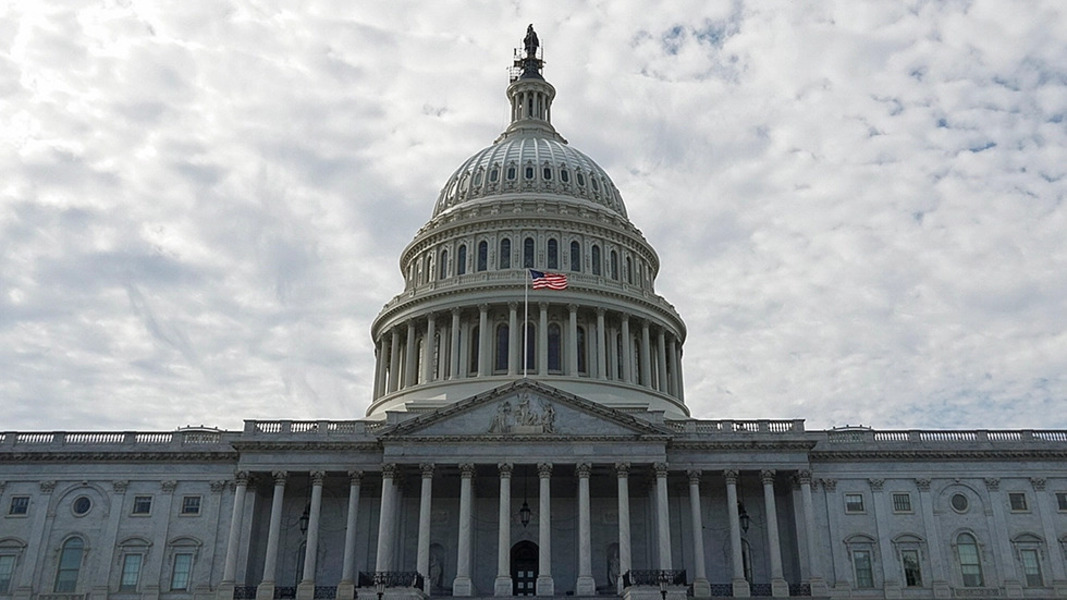State and Local Government Employees Without Social Security Coverage: What Percentage Will Earn Pension Benefits that Fall Short of Social Security Equivalence?
By Jean-Pierre Aubry, Siyan Liu, Alicia H. Munnell, Laura Quinby & Glenn Springstead Social Security is designed to provide a base of retirement income, to be supplemented in part by employer-sponsored retirement plans. However, approximately one-quarter of state and local government employees are not covered by Social Security, which federal law allows if their employer-provided plans provide comparable benefits. Yet many public pensions are less generous for recent hires, raising questions of whether those plans will still provide Social Security–equivalent benefits....










